Petar Petrov’s insider guide to Vienna
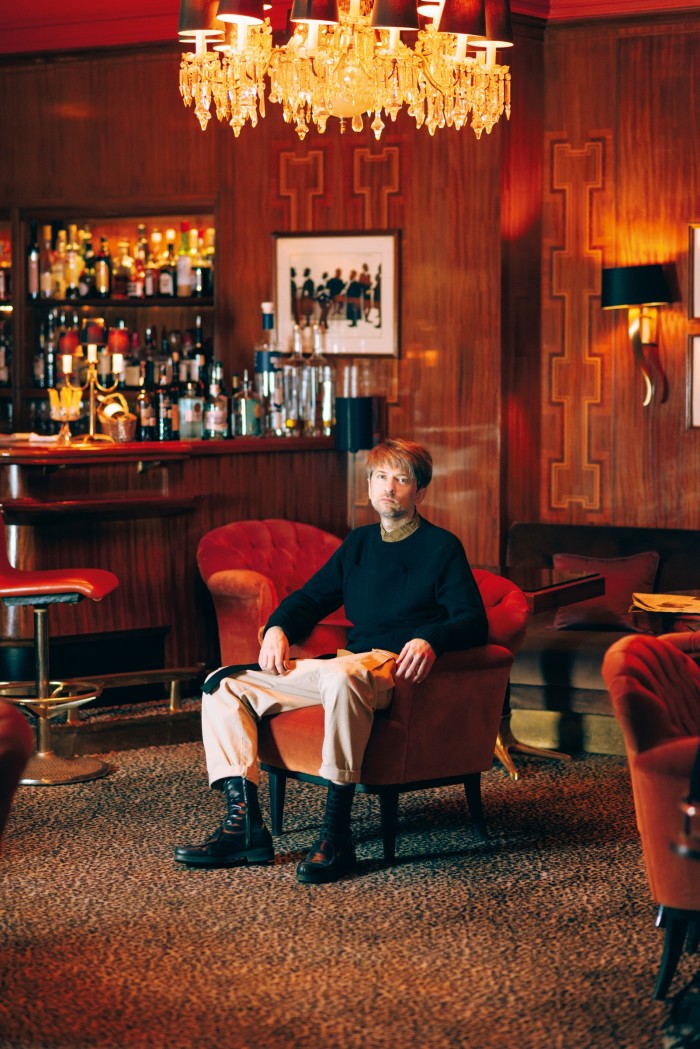
Roula Khalaf, Editor of the FT, selects her favourite stories in this weekly newsletter.
Travel and travel planning are being disrupted by the worldwide spread of the coronavirus. For the latest updates, read the FT’s coverage of the outbreak
“Vienna is a slow place with a great respect for craft. Maybe that’s why it took seven years for me to have my first catwalk show. The city gives me freedom to create under less pressure than in a fashion capital, but with cosmopolitan inspiration from strong, stylish women friends.
I came here more than 20 years ago, having applied to study economics at university. They generously paid for my studies years before Bulgaria – where I grew up – joined the EU. Then I found out about a fashion course at the University of Applied Arts. My mother was a tailor and had taught me how to cut, so I was already making clothes for myself and friends. The course only took a small number of people each year, so I was lucky to get in.
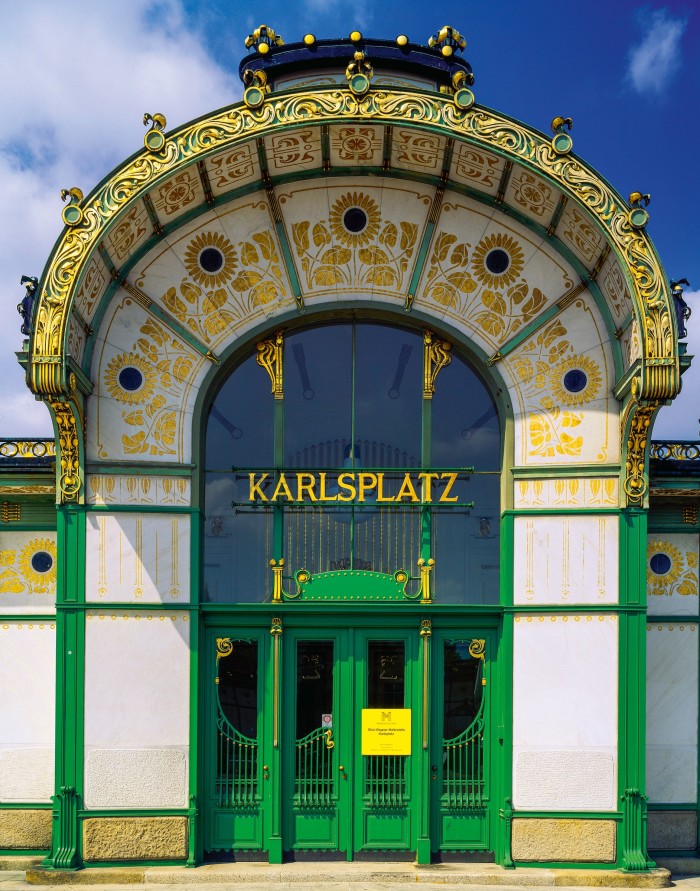
Unlike western Austria – my partner, Christoph, comes from Salzburg – Vienna feels eastern European. It felt like a village compared to today. The art nouveau architecture and café culture were like Sofia’s, so while aspects of the city were familiar to me, the lifestyle was liberating – you could do, say or buy anything you wanted. They have an expression here: ‘Italians have no rules, Germans obey the rules, Austrians break them.’ That sounded good to me. I liked also that it was home to Helmut Lang, even though he had moved his business to New York.
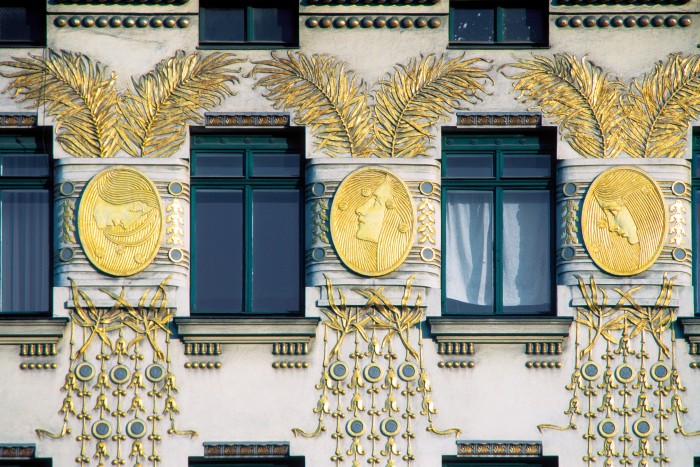
Growing up in Bulgaria, all we knew about fashion came from imported Italian Vogue and Burda patterns; here there were designer stores. Everything at home had a handmade finish, so I craved factory fashion. I spent hours in the famous E Braun & Co department store on the Graben looking at ready-to-wear designs in a historic, palatial setting – it used to supply fine linens to the Austro-Hungarian court. Now, it’s an H&M, but the late-19th-century building remains untouched. My favourite building, though, is Wittgenstein House, designed by the philosopher for his sister in minimal Mies van der Rohe style. It’s now the Bulgarian Cultural Institute, so I can be reminded of home while appreciating an amazing space.
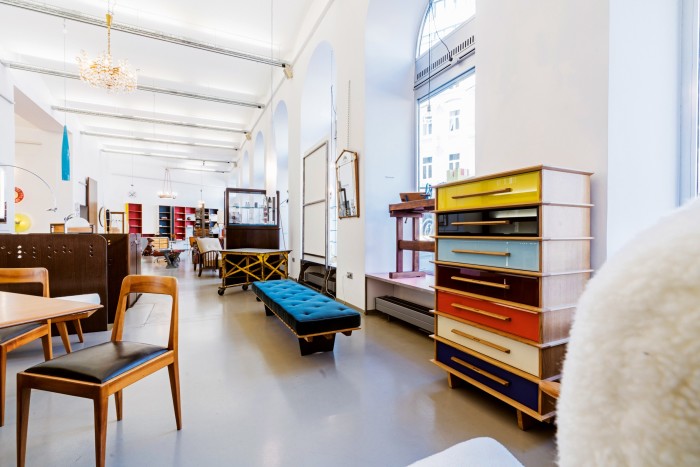
Vienna is small for a capital, and walkable, and the numbered districts each have their own character. I have moved from the old-school 8th to the studenty 3rd, then the 6th, which is very vibrant, with a profusion of art nouveau architecture, a train station designed by Otto Wagner, and the Naschmarkt, which has fresh produce, global street food and a Saturday flea market where I search out midcentury furniture. In spring and autumn there are the bargain Obkirchergasse sales where I’ve found midcentury Riedel glasses and Walter Bosse’s quirky animal figurines. Nearby is Lichterloh, my favourite vintage design store. I often chat with Dagmar Moser, one of the owners – she styles it so well, it’s hard to leave empty-handed. And I always stock up on food, especially cheese, from Urbanek, a delicatessen that also has a wine bar: they’ll make up a plate of cheeses for you and suggest wines to go with them.
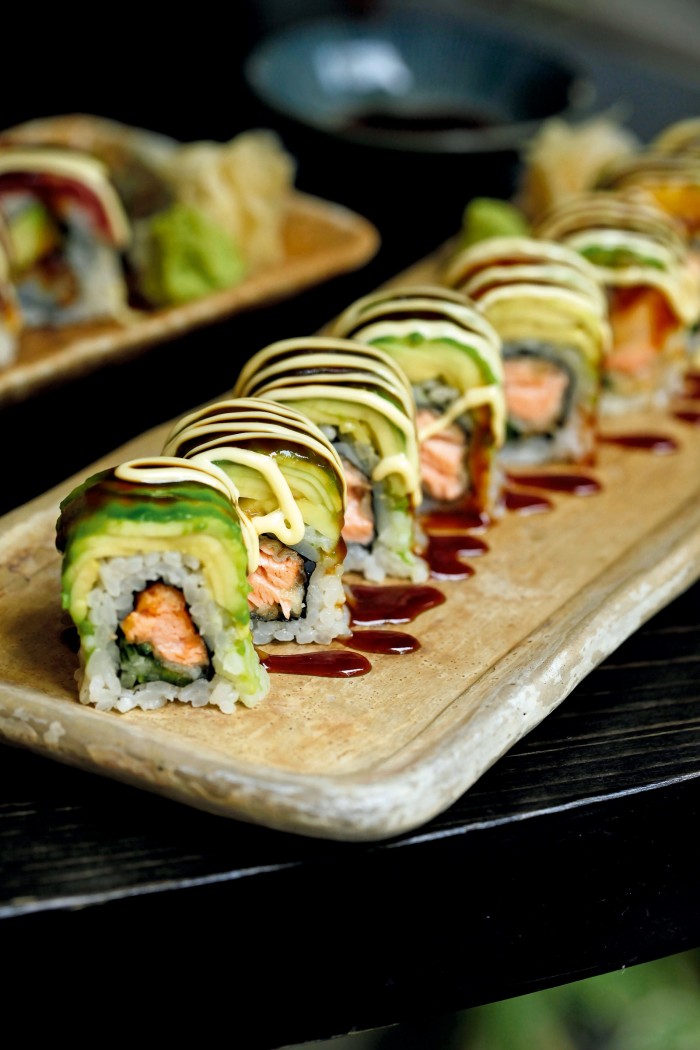
I started my business in 2004 on limited resources, but growing up making things from nothing encourages creativity, and we evolved into luxury fashion. Now I live and work in a beautiful 1900 apartment in the 2nd district – it has a wraparound balcony, huge windows and 3m-high ceilings. This is traditionally the Jewish area, central but away from the tourist spots, with creative startups and cool restaurants. I like Café Ansari, which does a Georgian breakfast of dumpling and mozzarella with a fried egg on top, plus tomato and basil salad (you won’t need lunch), or Mochi for really good sushi. I buy garden produce and armfuls of flowers at the farmers’ market in Karmelitermarkt, though I often have flowers delivered by Christine Fink at Blumenkraft, who arranges them far better than I do.
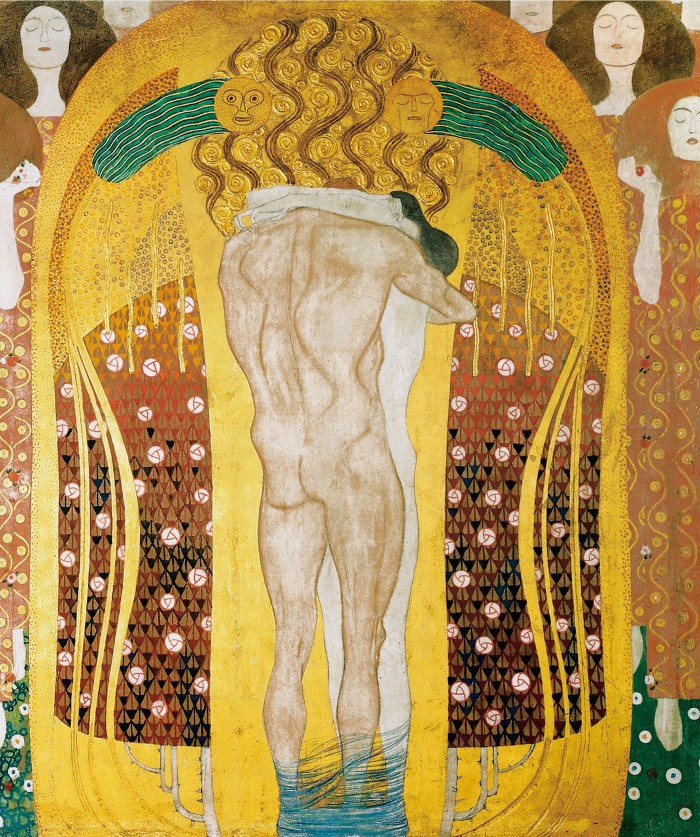
The Jewish community was at the heart of secessionist culture, and Gustav Klimt’s subjects were the It girls of their day. The rich patterns and stylisation resonate with anyone who’s into fashion. I took a stylist friend of mine, Jane How, to see Klimt’s Beethoven Frieze in Joseph Maria Olbrich’s Secession Building, and she was impressed to see it in the flesh – and, of course, the works at the Belvedere, including The Kiss. The more traditional Kunsthistorisches Museum has interesting exhibitions too – though I prefer the Leopold, a private collection of 20th-century work by artists like Kokoschka and Schiele, who seem very relevant now, even if they make for less easy viewing than Klimt. I also love Ursula Krinzinger’s contemporary gallery; she has been supporting young artists since the ’70s.
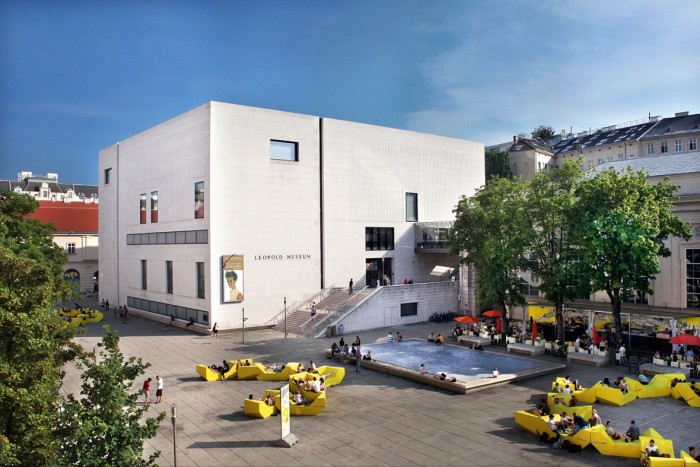
My favourite hotel in the city is the quirky Bristol – shabby chic, in original fin-de-siècle style. It has fantastic suites, one with its own cigar room, and the wood-lined bar with plump pink chairs is straight off a 1900s cruise liner.
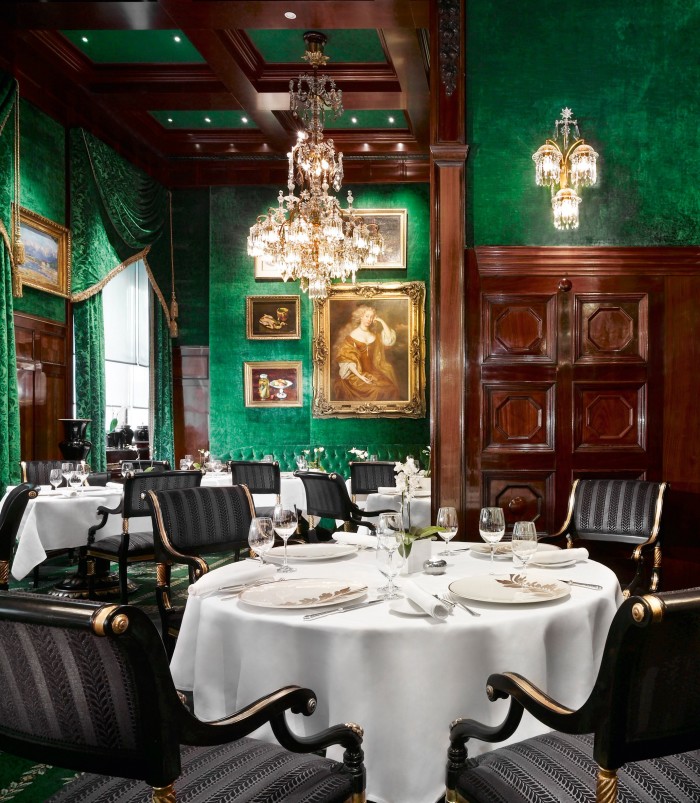
The Sacher, by contrast, is old and stately (like its clientele), but the bars there – each named for its colour: Red, Green and Blue – are opulent yet cosy. Personally, though, I prefer the more contemporary style of the Park Hyatt, in the early-20th-century former Bank of Austria HQ – the decor subtly references art nouveau and the breakfast buffet is terrific. The Guesthouse, meanwhile, is an old brutalist youth hostel renovated by Terence Conran, with a showcase for furniture by Carl Auböck, one of my favourite designers.
The best places to eat have an ambience as enchanting as the food. Taubenkobel is a restaurant in a farmhouse hotel outside town, but every December the owners, Barbara Eselböck and her husband Alain Weissgerber, the chef, run a pop-up in some abandoned building, say, a train shed or the ballroom of an old hotel. Exquisite food in such a haunting location is a special experience. Equally eccentric is Concordia Schlössl by the Central Cemetery; it has a huge statue outside and serves traditional Viennese food by candlelight. It’s spooky but cool – if you share my morbid sense of humour. Gasthaus Pöschl is famous for Wiener schnitzel and goulash – and if you need to walk it off, there’s a lovely Franciscan church nearby to explore. For lunch on Saturdays, I love sitting at the informal bar at Zum Schwarzen Kameel, with a plate of ham and horseradish and a glass of champagne.
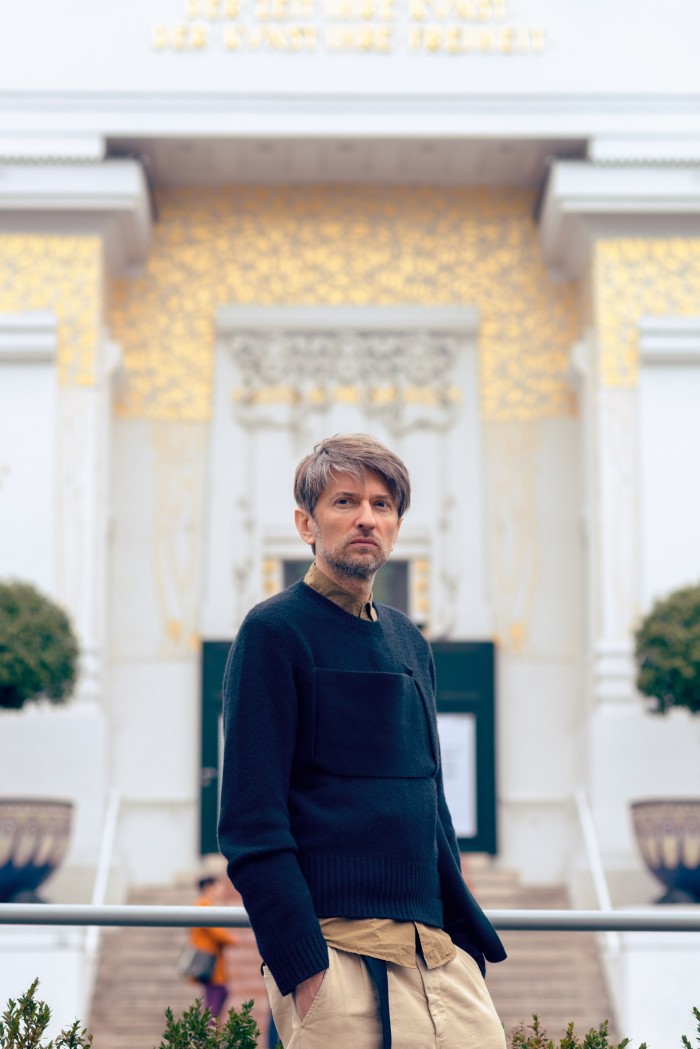
I used to go out on Friday night in the city and not get home until Sunday, but now I enjoy my Saturdays too much to do that. Occasionally, I go with my studio staff to Volksgarten, one of Vienna’s oldest clubs that was recently redesigned with original 1950s furniture. In summer, there are great Tuesday-night techno-café dance parties in the garden. There’s a strong underground music and club culture here, and a fast-moving scene of pop-up venues. You can find out the latest locations via the 1950s Café Espresso, where the late-night food has Moroccan and Korean overtones. And don’t forget the chance to indulge in Viennese sausage culture – the würstel stands around the city stay open until about 4am. There’s a chic one by the Albertina Museum where opera-goers and clubbers drink champagne with their würstel, and an experimental one near the stock exchange with vegan varieties.
It’s easy to imagine yourself back in secessionist times at the Loos American Bar, designed by Adolf Loos in 1908 with amber glass tiles and mirror walls – it has hardly changed, though I miss the smoke haze. It’s small and packed, with a great ambience created by the owner, Marianne, who was a friend of [Helmut] Lang and has great style, tattoos and high platform shoes, despite being in her 70s. She has her own rules – no beer, no shorts, no flip-flops and definitely no cameras. What happens there stays there! I also recommend Roberto, founded by a former employee at Loosbar and with a serious cocktail menu. Then there’s Bonbonnière piano bar, which is fun – it looks like an old jewel box and feels like being in a 1960s French movie – while Eden Bar epitomises early ’80s ‘sophistication’, with a jacket-and-tie rule even for dancing.
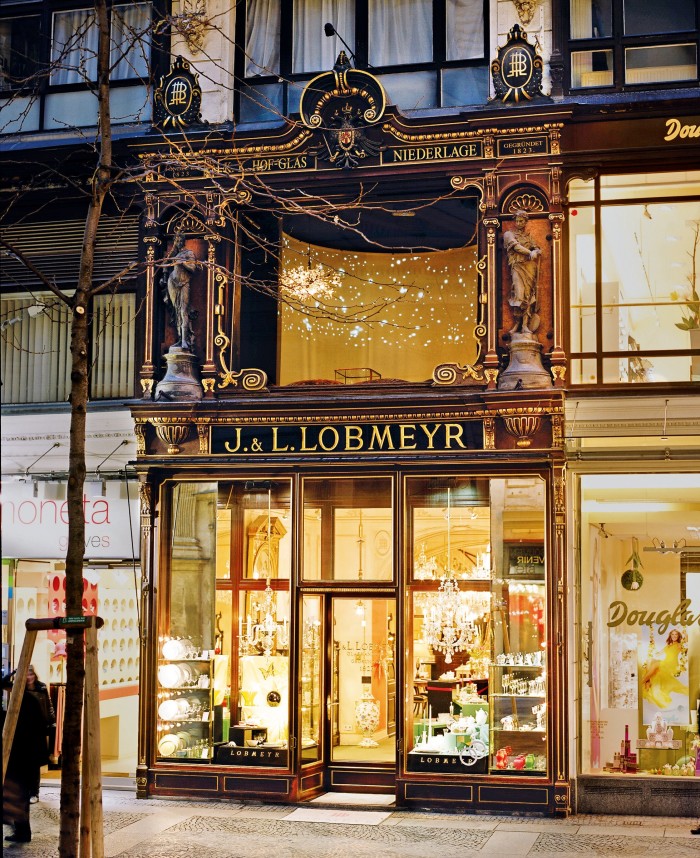
Vienna is popular before Christmas, of course, but the big markets are very touristy. Better to seek out locally made traditional souvenirs, such as glass from Lobmeyr, a 200-year-old store with its own museum and workshop; glass snowglobes, a Viennese original – those by Perzy have tall wooden bases; or artisan chocolates – my favourites, from Altmann & Kühne, are like tiny jewels in a miniature casket.
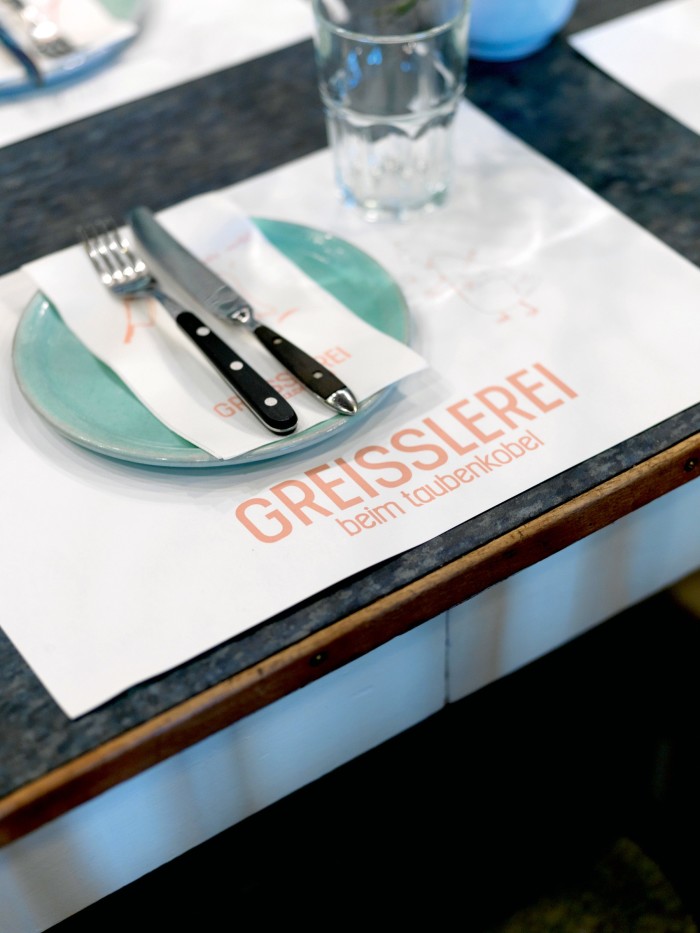
Vienna is beautiful in summer and while it can reach 35ºC, escaping the heat is easy. In 20 minutes, I can be across the Danube in Grinzing, sitting in a vineyard with a glass of white wine. Taubenkobel is only 40 minutes away in Burgenland – my favourite summer treat is to go for dinner, stay overnight and in the morning Barbara Eselböck’s parents come in an old gondola and take us across Neusiedler lake to Haus im See, a peaceful, summer-only restaurant in Hungary, at the end of a long pier.”
Comments